“Sustainability is a political choice, not a technical one. It’s not a question of whether we can be sustainable, but whether we choose to be”
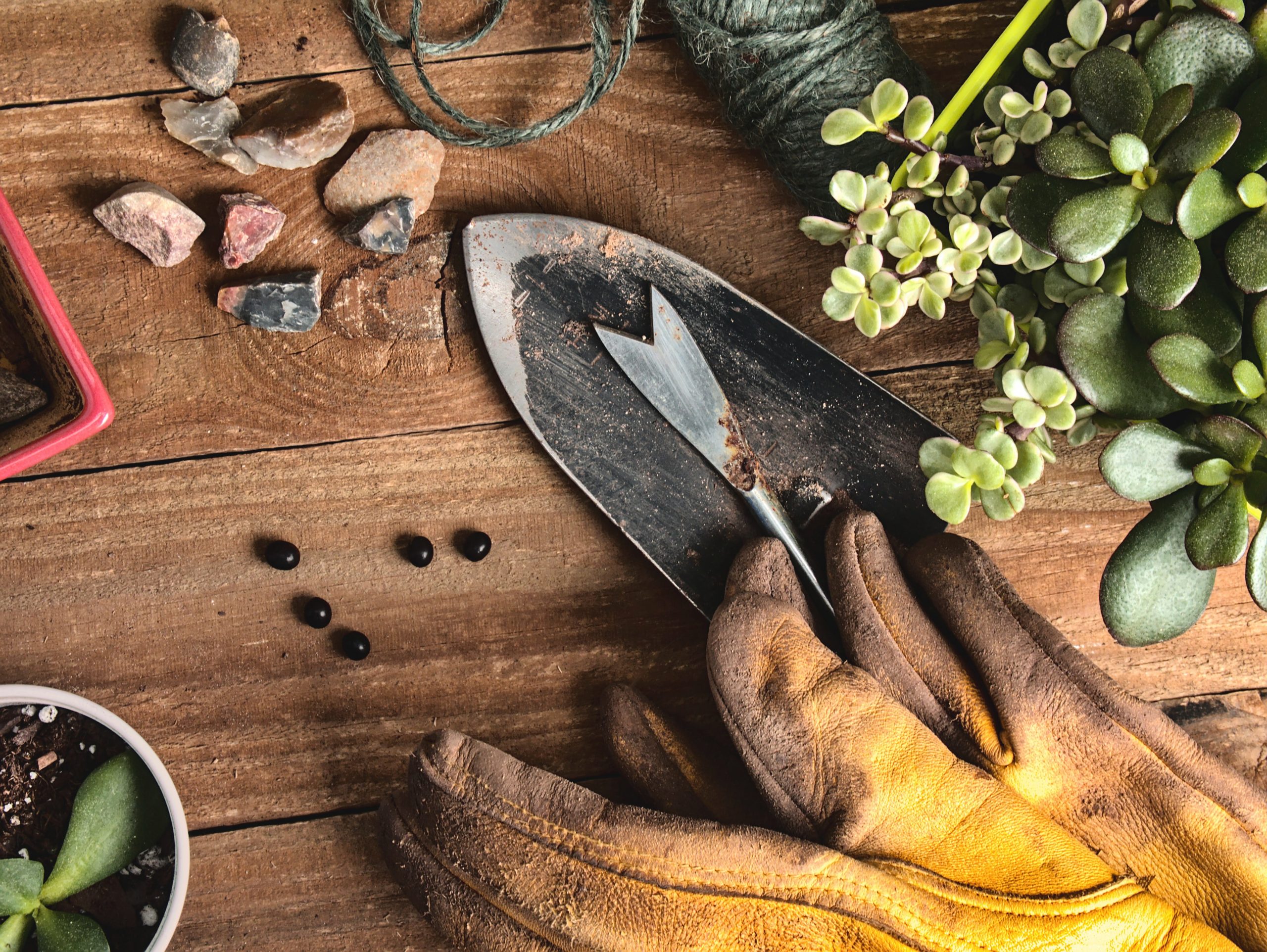
Traditional agricultural practices are neither sustainable nor beneficial to the planet. Thankfully, many farmers, allotment enthusiasts and home growers are turning to permaculture for environmentally friendly solutions. Permaculture offers a different approach to cultivating plants. The principles of permaculture are based on growing arrangements observed in nature. Whether you have a small garden, allotment plot, or a balcony, there are ways to make your growing methods more sustainable long-term.
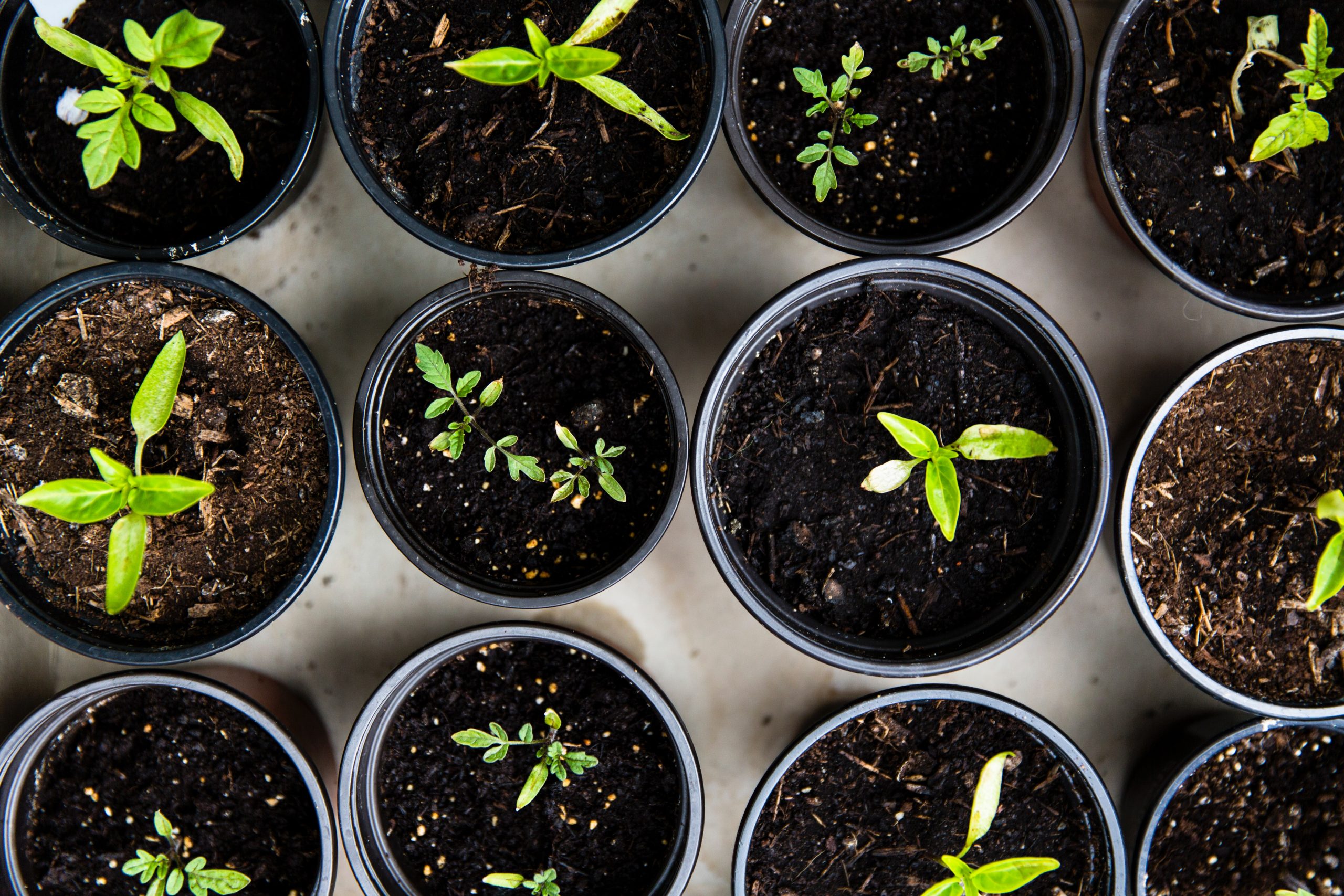
Grow food at any scale
If you do not have an outdoor area, you can still enjoy the benefits of growing your own food. Many plants can be grown in pots, as long as they get sufficient amounts of water, sunlight and heat. Various herbs, microgreens, potatoes, tomatoes, and even fruit trees can thrive indoors.
What’s more, it’s a great opportunity to upcycle food packaging, such as cans, margarine tubs, or yoghurt pots by making them into plant pots. Make sure to make a hole (or a few) in the bottom of your container and you are good to go!
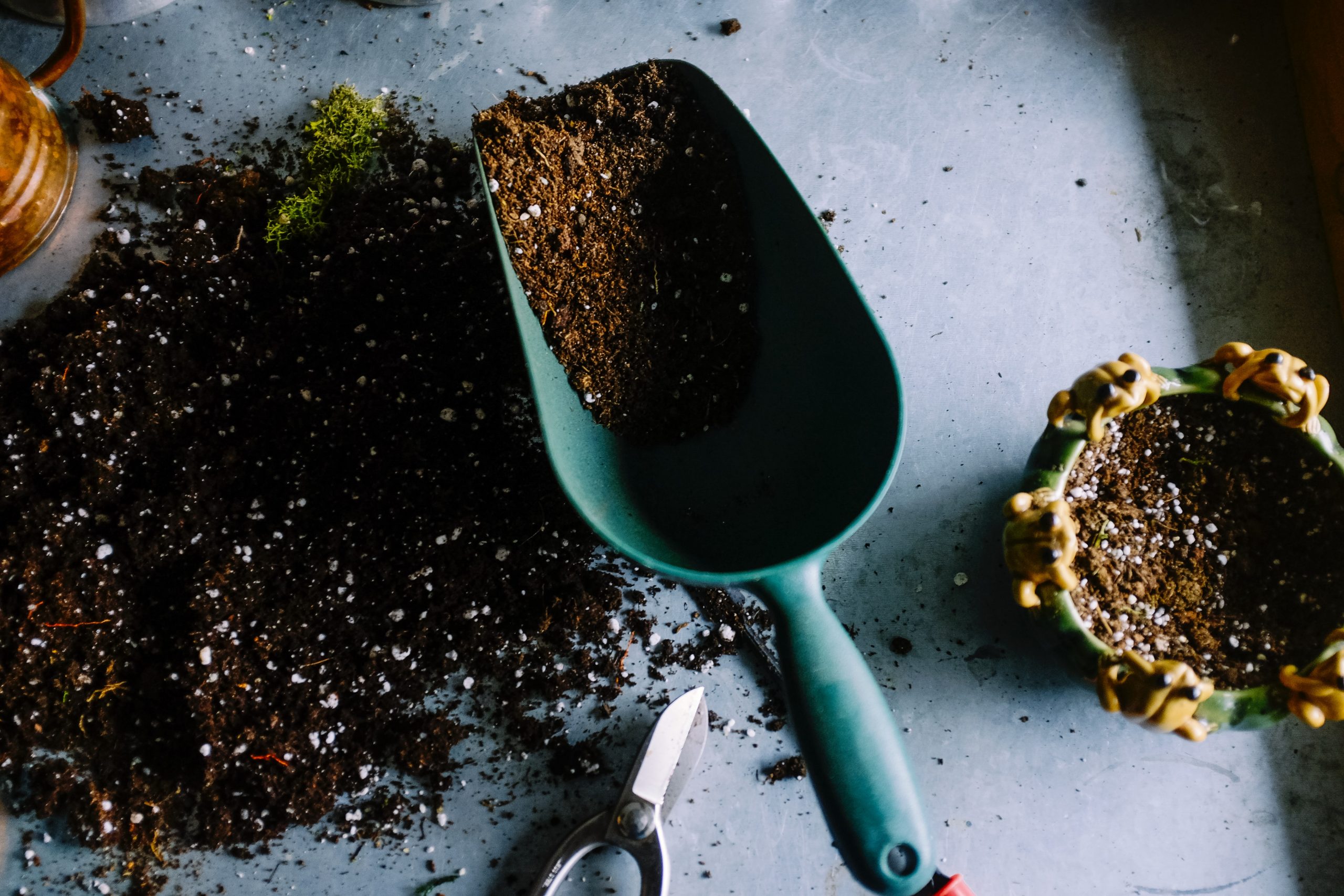
Make your own compost
There are several reasons to make your own compost. Store-bought compost often features peat mossto make the mixture more lightweight and promote sufficient drainage. However, peat moss takes hundreds of years to form naturally, which means it is far from being a renewable resource. Store-bought compost usually comes in non-recyclable plastic packaging, which only contributes to the world’s waste issue.
Making your own compost, however, allows you to reduce your waste. You can use your food scraps, coffee grounds, teabags, toilet roll tubes, autumn leaves, mowed grass and more, to create nutrient-dense compost with zero plastic packaging!
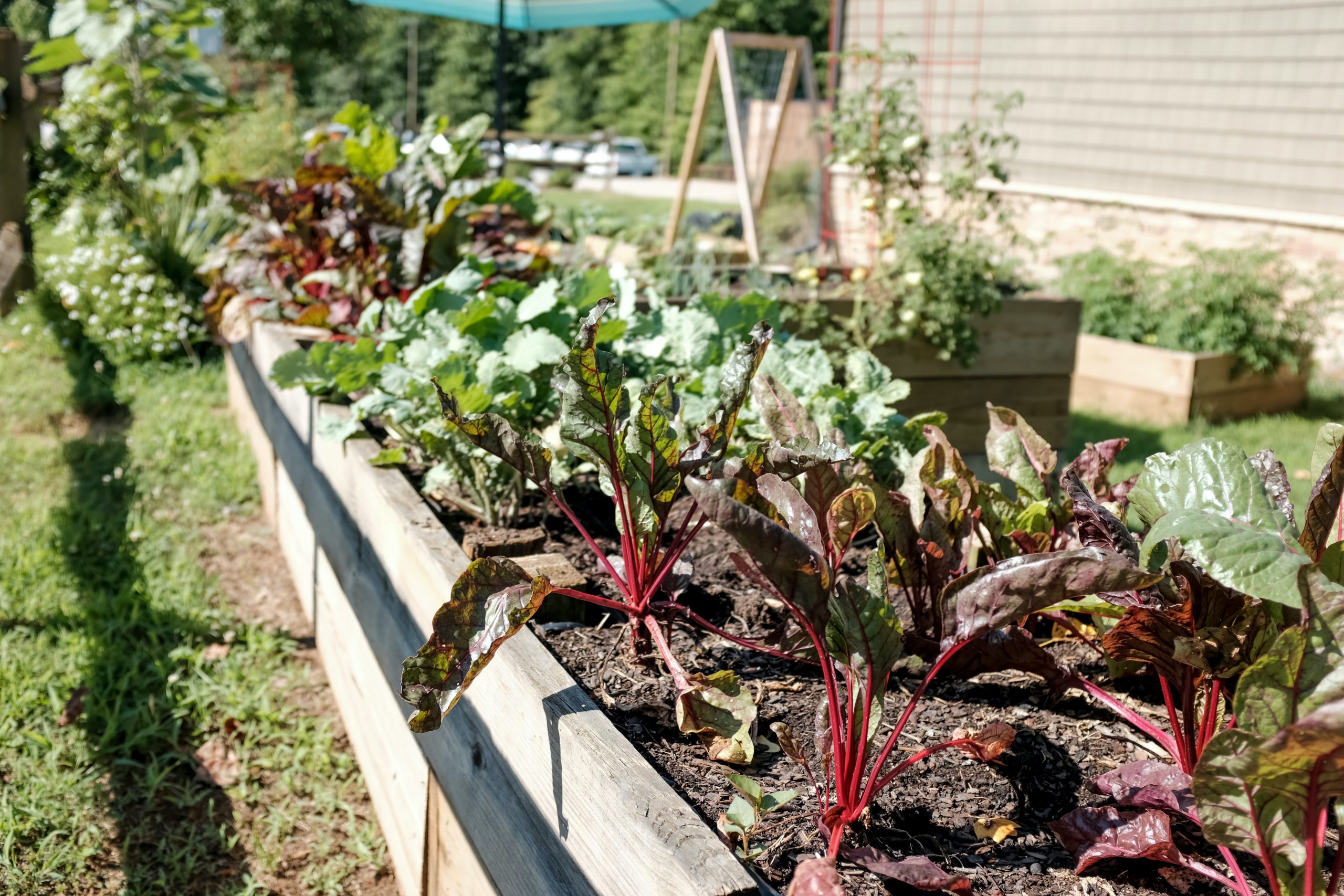
Try the no-dig method
Although tilling is still a popular method of preparing the soil for planting, by turning it over you are actually destroying the unique ecosystem that forms within the soil. Digging into the soil also releases carbon dioxide into the atmosphere, yet another reason it is detrimental to the planet.
In recent years, more and more people are gravitating towards a no-dig growing method. The soil is left undisturbed, covered with biodegradable cardboard, which is then covered by a layer of compost. You can sow the seeds directly into the compost or germinate them in module trays or pots, transplanting them when they are more mature. Deep-rooted plants can still draw nutrients from the soil as the cardboard degrades, without disturbing the delicate balance of flora and fauna formed underground.
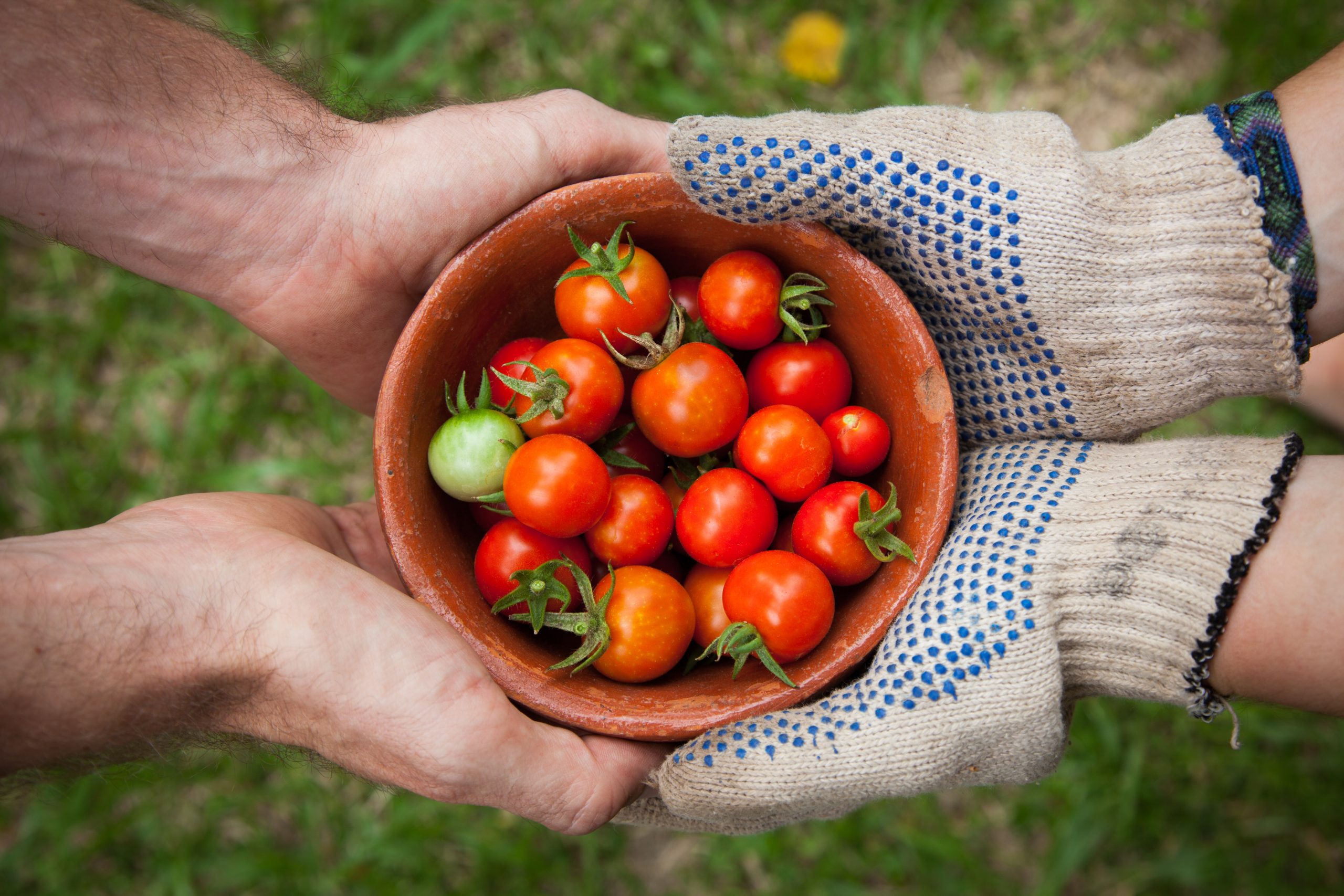
Grow climate-appropriate foods
The UK is well-known for its rainy days, and growing food here can sometimes be quite frustrating. And while you can create an artificial environment to grow plants better suited for hot climates, it’s likely not sustainable, as it requires additional heat (via electricity or gas) and water. On the upside, UK weather lends itself perfectly for growing vegetables prone to bolting. Next time you are buying seeds in preparation for the growing season, consider growing foods that like cooler weather and shaded spaces, such as broccoli, beetroot, spinach, mizuna and radishes.
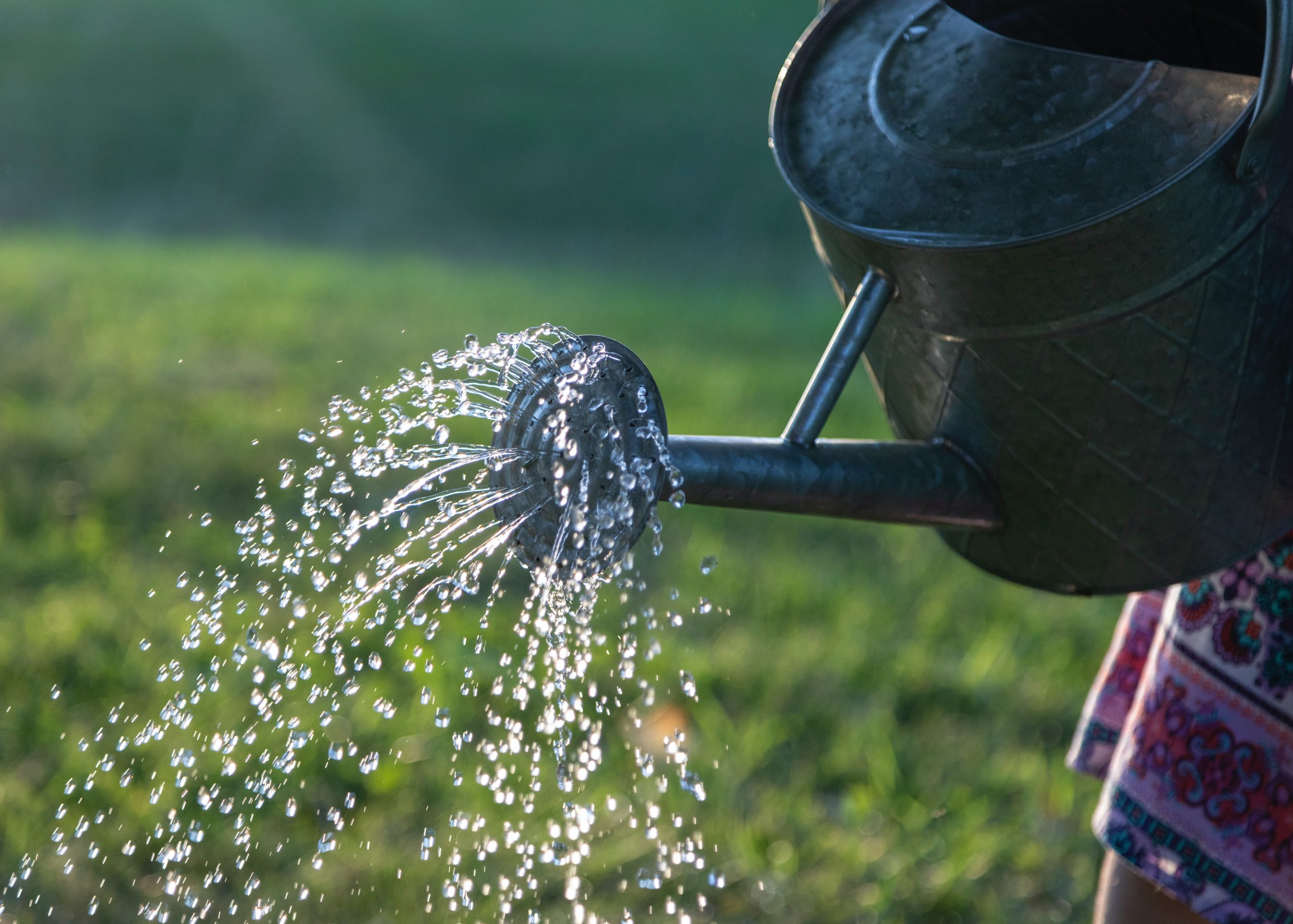
Save some water
Unfortunately, traditional growing methods usually require large amounts of water to sustain the plants. For example, weeding your vegetable patch means the soil is now exposed, and the water will evaporate quicker. You could combat this issue by using the chop-and-drop weeding method, where instead of plucking the plants entirely, you cut them at the bottom and leave them on the ground to decompose. Additionally, you could mulch the areas around the plants with cardboard, woodchip, hay or other organic materials.
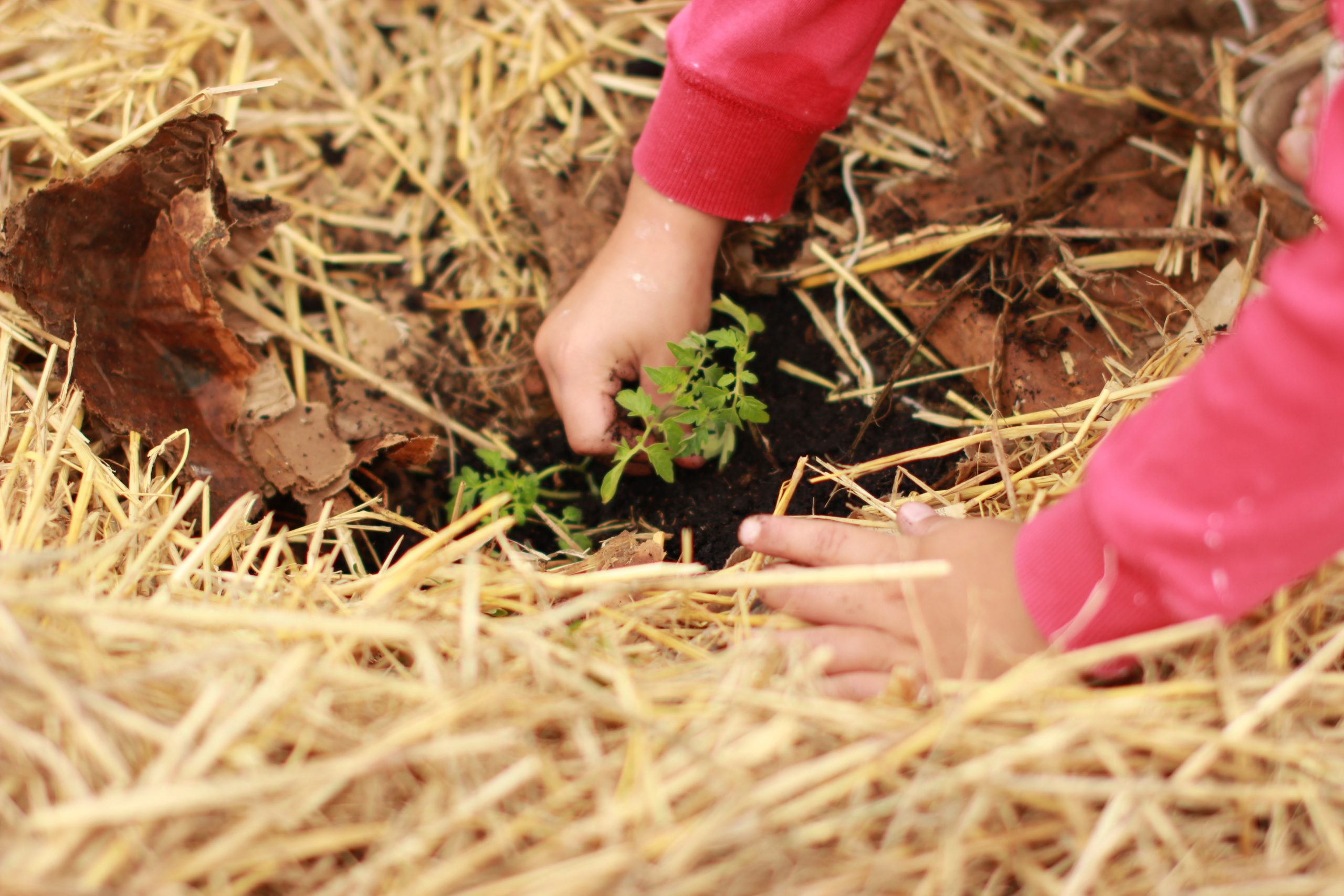
It’s all about companionship
Most traditional vegetable gardens have dedicated spaces for each type of crop. However, growing different plants together can take your food growing to a whole new level. This practice is called companion planting. Certain combinations of plants result in better nutrient supply, pest protection, water retaining properties and shade supply. Some combinations can be discovered intuitively, but if you’re not sure where to start, consult a companion planting chart.
